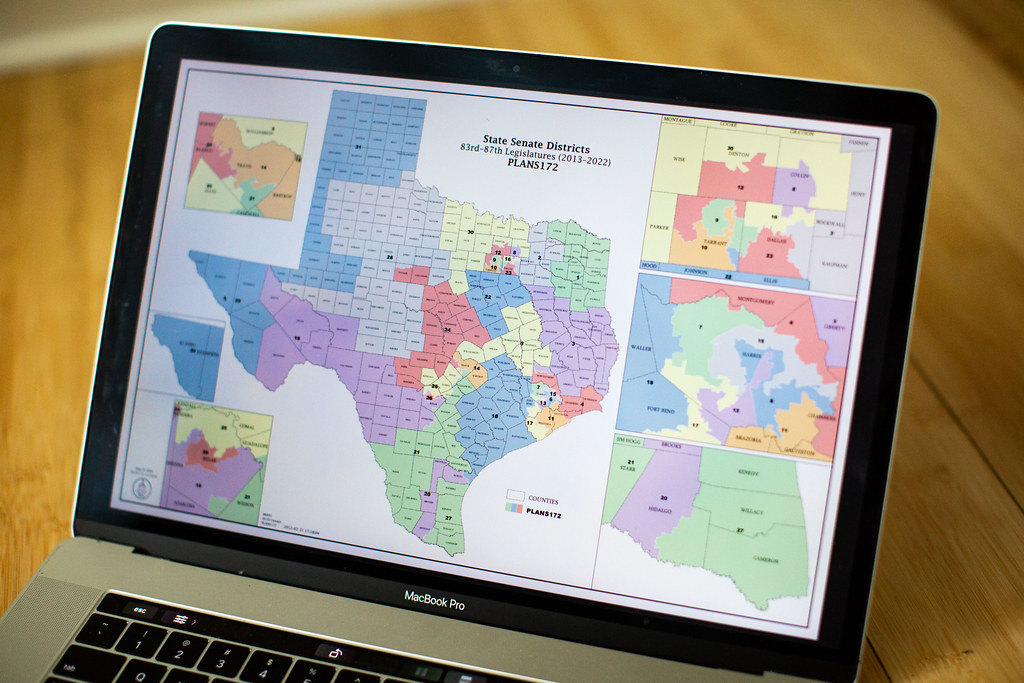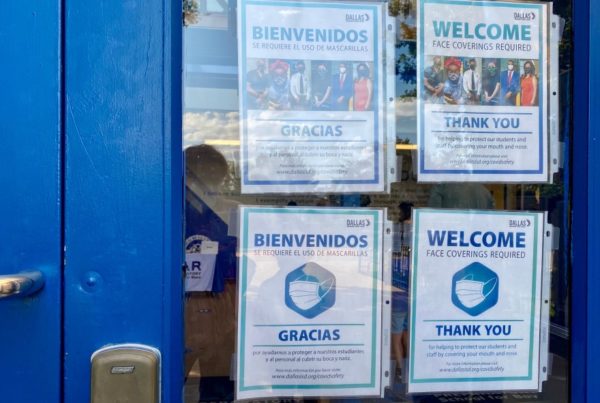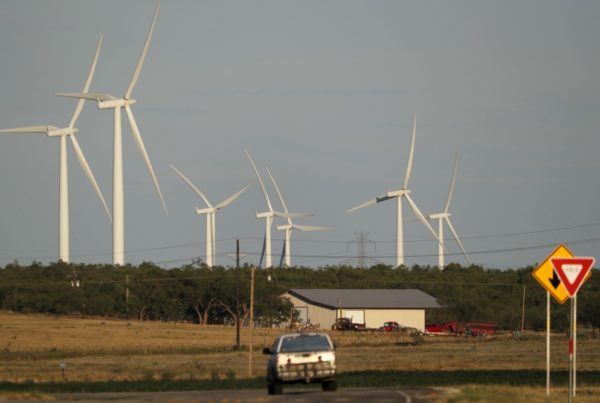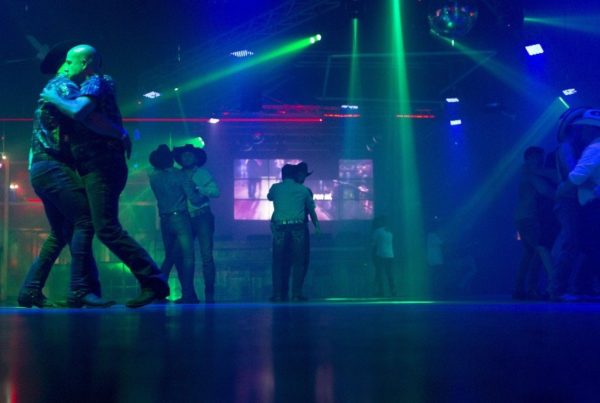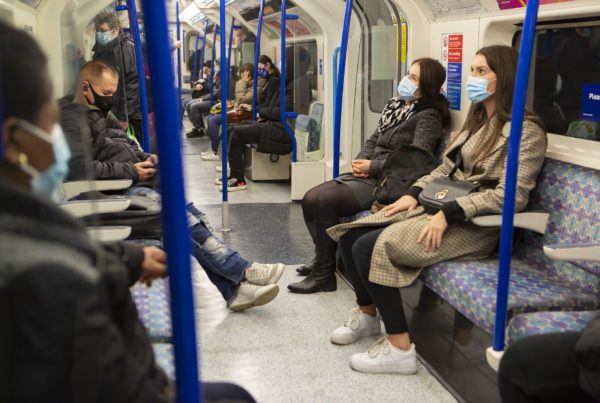New census numbers confirm that Texas is growing, and the demographics of the state’s population are changing at an accelerating rate. These changes have political implications as lawmakers prepare to a redraw district maps in the state, including those for two new congressional districts.
Texas State Demographer Lloyd Potter told Texas Standard the greatest growth in Texas is happening in the so-called “population triangle,” which is bounded by Dallas-Fort Worth, San Antonio, Austin and Houston.
“Of the 14 cities in the country that gained more than 100,000 people over the decade, five of those are in Texas,” Potter said.
Texas has added 4 million people during the past 10 years, more than any other state. As urban areas grow, rural East and West Texas have lost population. Some rural South Texas counties have also become less populated in the past ten years.
In Central Texas, growth has exploded along I-35 between San Antonio and Austin. Potter says Comal County, just north of San Antonio, and home to New Braunfels, was the second fastest-growing county in Texas. Hays County, south of Austin, also experienced high growth.
The Latino population in Texas is now almost equal to the non-Hispanic white population, Potter says. Non-Hispanic whites account for 39.7% of Texans, with Latinos making up 39.3%.
“My guess is that we’re probably almost at parity now, since we’re moving pretty quickly through 2021,” Potter said.
Though Asian Texans represent just 5.4% of the population, based on the 2020 census, Potter says their numbers have grown significantly since 2010.
Political Implications
Potter says the two new congressional seats Texas will have after redistricting are likely to come from North Texas or the Houston area. Collin, Fort Bend and Montgomery counties have all experienced high levels of population growth.
Renee Cross, senior director of the Hobby School of Public Affairs at the University of Houston told Texas Standard that the redistricting process is likely to be messy, with Republicans in charge of the Legislature set to draw the new lines, and population gains coming from areas and demographics that tend to favor Democrats.
“People of color make up 95% of the growth, particularly among the Latino population, especially in the urban/suburban areas,” Cross said. “And Republicans want to keep the seats they currently have. But they’ll also likely try to add a couple more, while Democrats will be focusing on how to use Hispanic increases to their advantage.”
Cross says it’s likely that whatever maps are drawn, the process will end up in court, as it has during each redistricting effort since 2003.
But, because Texas Republicans hold majorities in the Legislature, and because the U.S. Supreme Court has rolled back federal oversight of elections here, Republicans “hold all the cards,” Cross says.
“[Democrats’ best chance] to participate in the process is going to be proving that the new maps discriminate against people of color, particularly Hispanics,” Cross said. “In other words… get ready for numerous legal challenges because the Supreme Court has ruled that while partisan gerrymandering is OK, racial gerrymandering isn’t.”
How redistricting plays out around the nation and in Texas will also determine who controls Congress, Cross says.
“Right now, Republicans need approximately five seats to regain the House,” she said. “There’s going to be a lot of attention paid on Texas and whether or not they are, number one, able to keep the seats they have, plus how many more are they able to add.”
With 2022 primary elections looming, lawmakers are likely to take up redistricting in a third special session, to be called after the current one ends. The filing deadline for candidates in the March primary is December 13.


